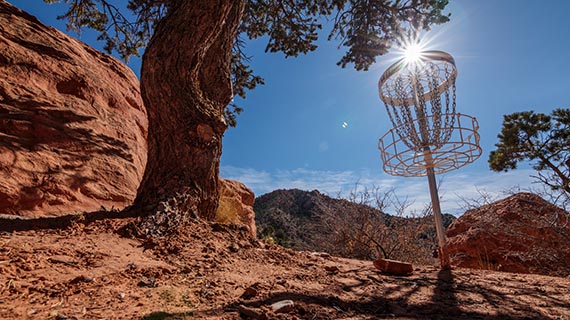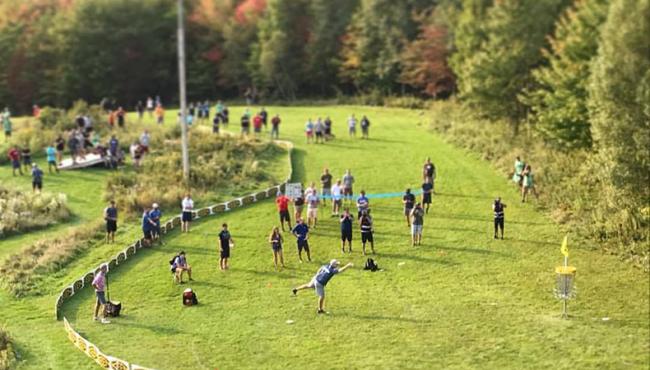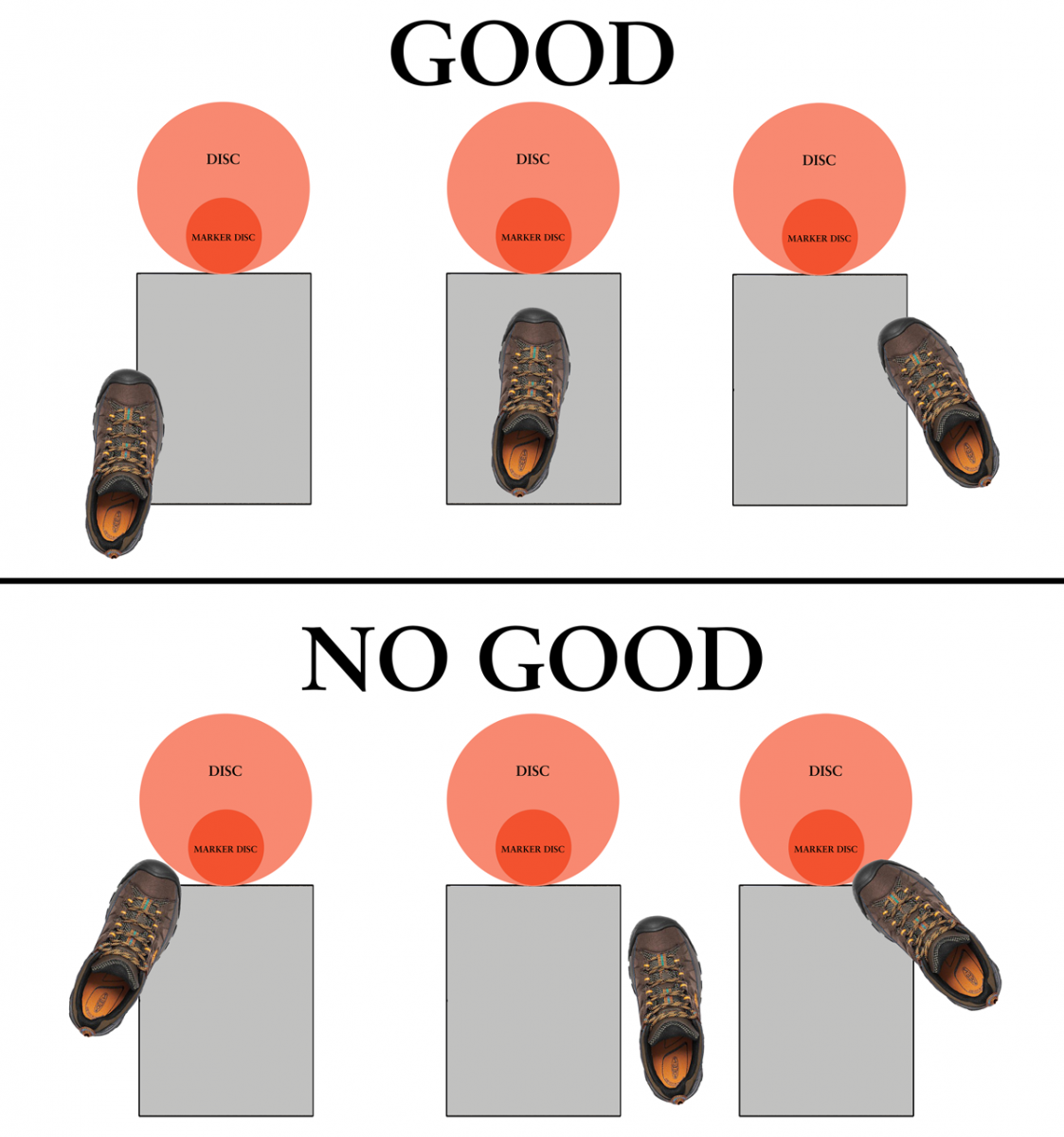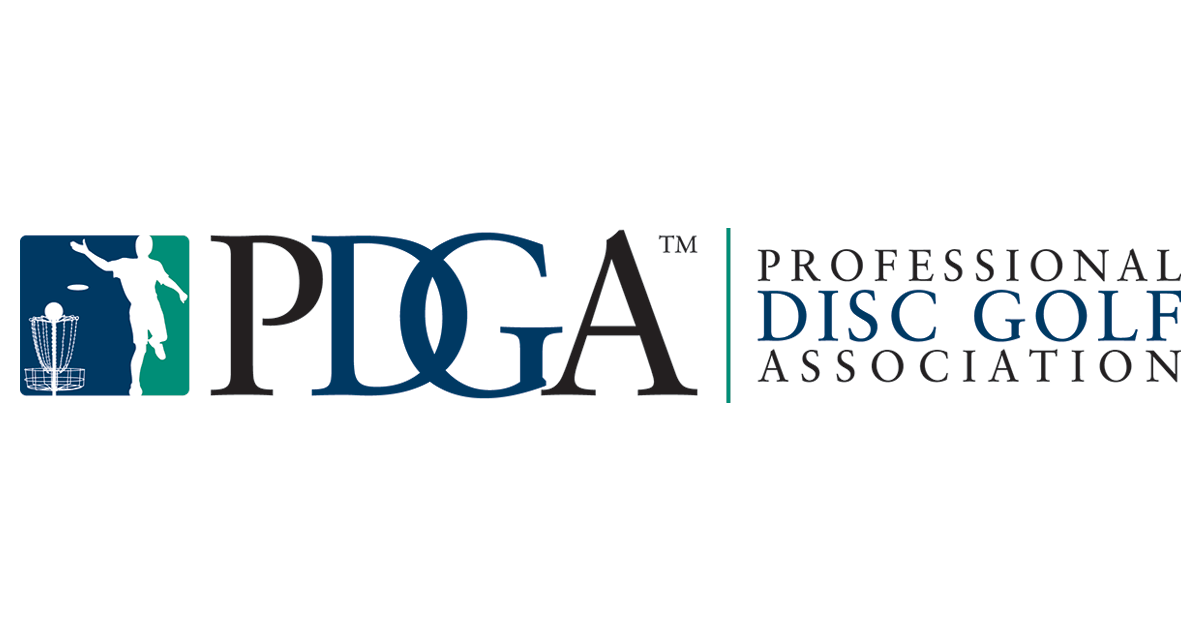
Welcome back to this weeks Diving Into Disc Golf! Today I’m going to introduce you to the disc golf ratings system. It can be a little confusing at first to understand exactly what the numbers mean other than the higher the better. Disc golf rating are a way to tell the skill of a player and put them in the proper division with competitive competition. First off to get a disc golf rating you have to join the Professional Disc Golf Association (PDGA) and have competed in a tournament. Depending on the division you compete in will determine the tee pads and par each for the hole you play as well, below is a picture that breaks it down.
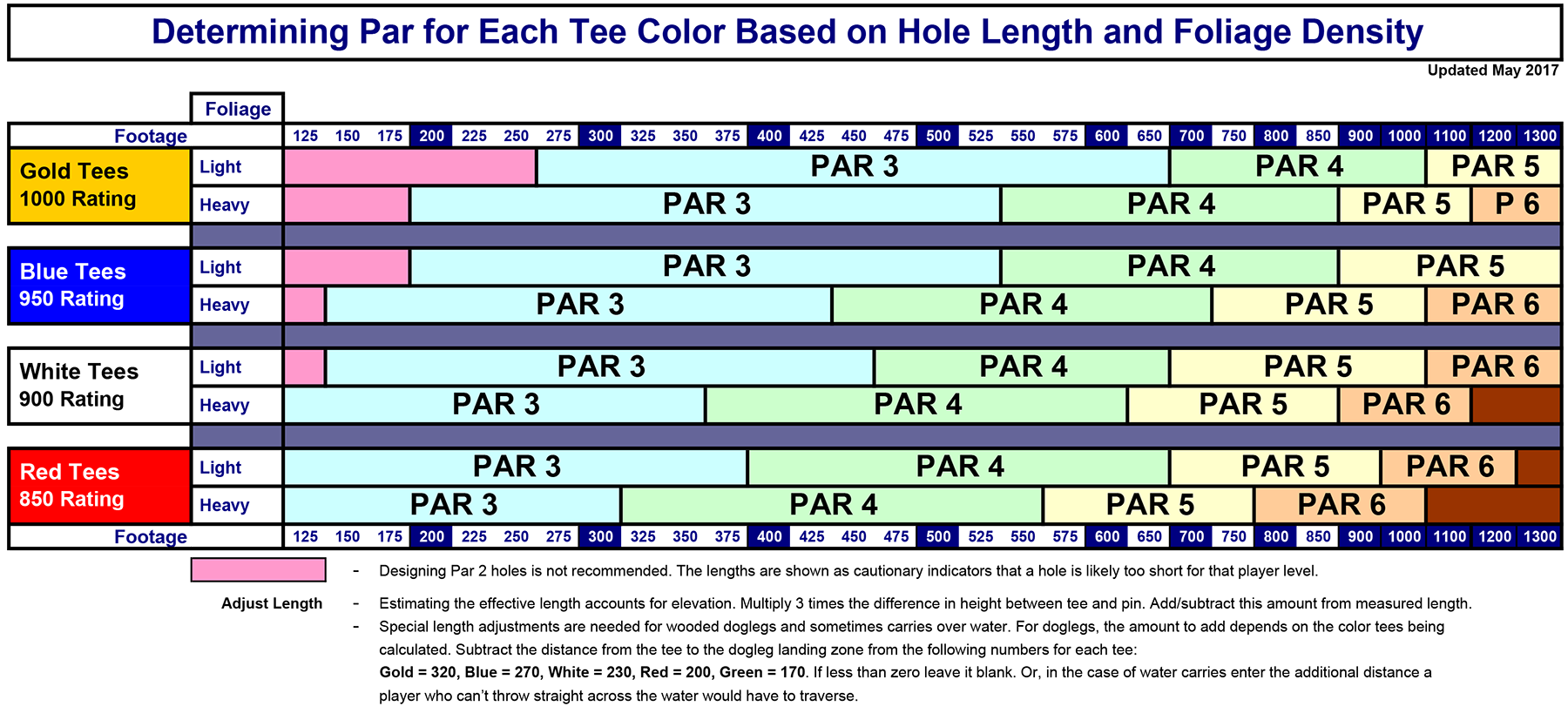
Tournaments have different divisions to compete in based off of your skill and player rating. Generally most tournaments offer divisions for Open, Advanced, Intermediate, Recreational, Novice and have them split up between men and women’s divisions. They group these divisions into two levels Pro or Open and Armature being Advanced, Intermediate, Recreational and Novice. There are also divisions for older player starting from amateur and pro master 40+ all the way to 70+, to help keep things completive. When joining the PDGA you get a player number to track your stats over time.
Open– A division for both men and women’s disc golf that is the top professional division. In order to compete in open you have to pay higher priced membership fee to the PDGA, in order to win cash payouts. The average open men’s player rating is 970+ and the average women’s rating in 925+. Players that compete in the open division rarely make any mistakes and make most of their putts in circle one, or 33 feet.
Advanced– Also available in both men’s and women’s divisions for player under 40 years old. The average male rating is equal to 935+ and the average female rating is 825+. Advanced players are generally very seasoned disc golfers that throw very consistent drives and make 50-70% of their putts from 25-30 feet. An advanced player that can drive 400 feet consistently in his drive he should consider moving up.

Intermediate- Has no age requirement for men or women competing. The average male intermediate player has a rating between 900 and 935, averaging 50-70% made putts from 20 feet. While the average female rating for an intermediate is between 825 and 775, averaging 30-50% made putts.
Recreational– A division for both men and women who have less than 2 years experience in playing disc golf. The average men’s player rating is between 900 and 850, and make 40-60% of putts from 20 feet. The average women’s player rating is between 775 and 725, making 30-50% of putts from 20 feet.

Novice– A division for brand new and casual players of the sport. Available for both men and women who are still learning the basics of the sport. The average men’s player rating is less than 850 and make 30-50% of putts. The average women’s player rating is less than 725. Generally a novice needs great improvement both in putting and driving forms.
I hope this was helpful in explaining how disc golf rating relate to your skill and the division you should be competing in. Of course you can always challenge yourself and try to go a division above your rating if you think your up for it. Thanks for joining me again this week on Diving Into Disc Golf!
Here’s a link for a fun disc golf application for both Iphone and Android called Disc Golf Valley: https://play.google.com/store/apps/details?id=com.Per.DiscGolf&hl=en_US&gl=US https://apps.apple.com/us/app/disc-golf-valley/id1454709572
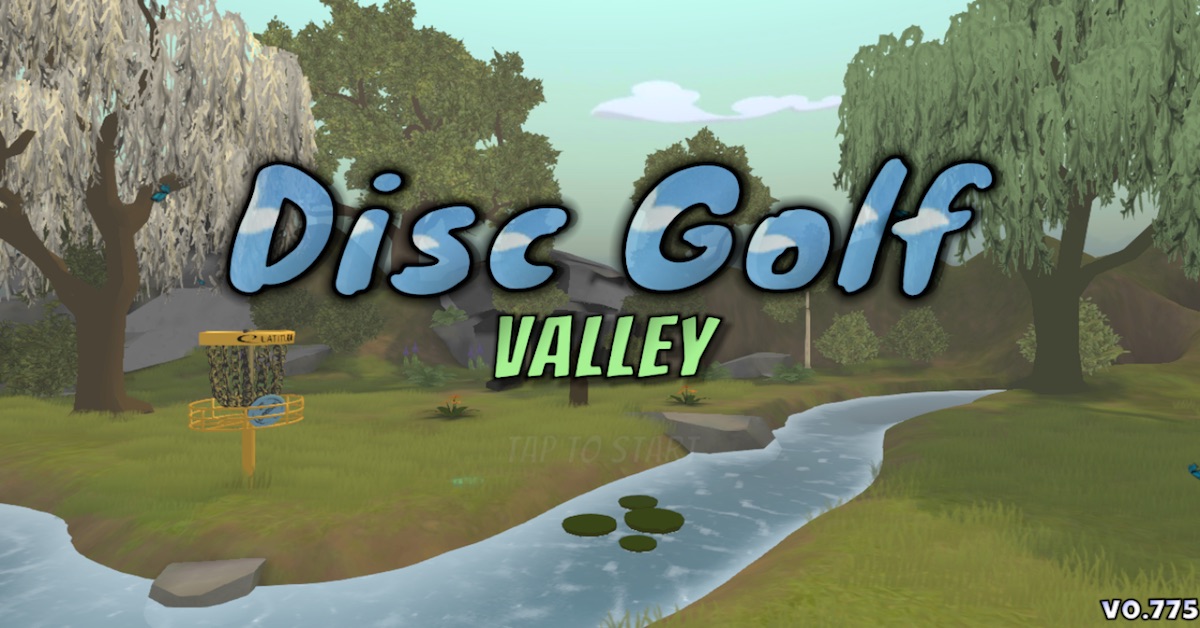
Resources:
https://www.pdga.com/documents/par-guidelines https://discgolf.ultiworld.com/2018/08/06/time-rethink-pdgas-amateur-divisions-organized/ https://www.pdga.com/divisions#:~:text=Male%20and%20Female%20Pro%20players,Master%2080%2B%20(MP80). https://udisc.com/blog/post/disc-golf-gaming-hits-new-peakin-a-valley
